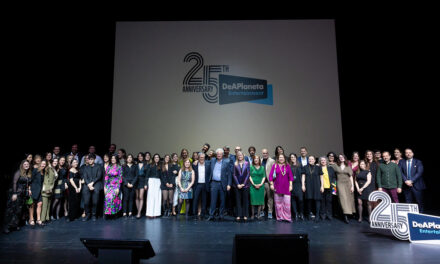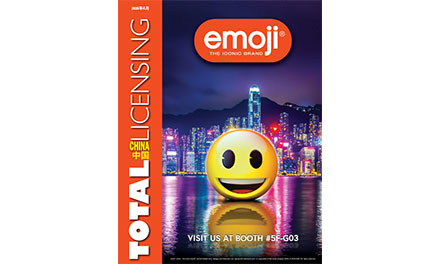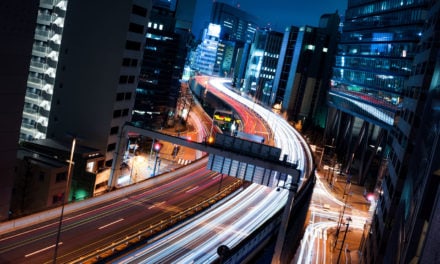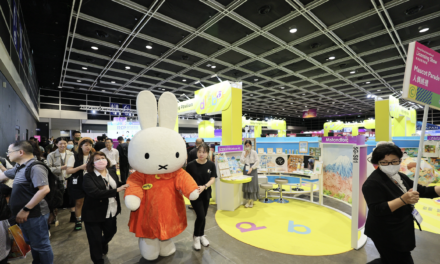
The Rapidly Changing Face of Retail

Russell Loarridge, Director UK, ReachFive, argues that many pure-play online retailers will fail if they don’t embrace a ‘clicks and mortar’ model that has the needs and desires of the modern consumer at its heart. Online is convenient, no argument. But the past year has reinforced the divide between essential and non-essential retail. Every retailer is online now and customers have spent a year clicking from one to the other. Where’s the loyalty? Where’s the differentiation
The Great COVID Experiment – Is the Pure-play Retailer Dead?
With the High Street reopened, after a year of enforced change in buying habits where pretty much everything went online, retail has reverted to “the new normal”. Yes, the COVID pandemic accelerated the shift to online; but is the future of retail really digital only?
While in the short to medium term, there will remain some concern over the logistics of browsing and shopping while maintaining social distancing and health protocols, it is predicted that the vast majority of consumers will return to the High Street, at least in part, because we simply enjoy shopping.
Just as the likes of Arcadia failed because they didn’t adapt quickly enough and embrace the online, omni-channel retail experience, Russell Loarridge, Director UK, ReachFive, argues that many pure-play online retailers too will fail if they don’t embrace a ‘clicks and mortar’ model that has the needs and desires of the modern consumer at its heart.
Physical Importance
COVID has changed the shape of retail. It has accelerated the adoption of ecommerce but it has also highlighted the limitations of an online-only model, particularly for non-essential items. The convenience of a slick online experience can be rapidly undermined by the disappointment experienced when the clothes don’t fit or the lamp doesn’t match the online description – especially when they have to be time-consumingly returned.
Online can also short-change the purchase experience for bigger ticket items. Yes, it is possible to buy a bike online, or a sofa. Even a car. But it’s not the same. Shoppers not only want to touch, feel and gauge the quality of these items, they also value the expertise of those making the sale. And however good the online experience may be – and with great personalisation that drives loyalty and engagement, that experience can be fantastic – it is not complete.
Many pure-play digital retailers have great operational models. They know how to meet customer purchase and delivery needs. They have explored social media to create communities; maximised the influence of Insta-stars and YouTubers and invested in innovative interactive technologies in a bid to nudge customers towards the right products. But – what are they offering the teenagers wanting to hang out on a Saturday afternoon, try on clothes, while sharing a laugh and a latte? Or the cycling aficionados planning to meet up for a Sunday ride at the local bike shop – picking up a coffee, a new pair of gloves and a chance to scope out and discuss the latest models?
Clicks and Mortar
Online is convenient, no argument. But the past year has reinforced the divide between essential and non-essential retail; the difference between the products people need and the items they enjoy buying. And, of course, the competition has escalated. Every retailer is online now and customers have spent a year clicking from one to the other. Where’s the loyalty? Where’s the differentiation?
After the enforced isolation of the past year, the desire for physical shopping experiences is stronger than ever. If pure-play retailers cannot add high street engagement to the experience, other retailers will. And that will put a severe dent in the sales uplift enjoyed over the past 12 months.
Personal, human communication is a vital part of the engaged customer experience – and without it, pure play retailers will begin to look as out of date and irrelevant as those failed high street retailers of the past that never got a handle on online retail.
VIP experience
This is not about recreating past retail models. There is no need for pure-plays to invest in the extensive store estate that created identikit high streets up and down the UK. But there is a huge opportunity to think creatively about how, where and when customers can become part of a physical interaction that reinforces the brand experience.
Pop-ups, for example, could create a destination – with loyal customers invited for time-limited VIP events at their local town, before the pop-up moves on to another location. The technology is simple – Wi-Fi, tablets and mobile pay solutions can be in place immediately. Loyalty solutions can capture customers both on- and offline. There is no need for a full range of stock; a retailer could opt for a subset – a VIP range, for example – or just sample items that can be tried on in-store, ordered and delivered to the customer the next day. Add in screens, virtual mirrors, coffee and a hang out zone and a retailer can create a new customer destination that changes the perception and enhances the brand.
Or a customer can order items to be waiting at the shop, try them on, leave them or buy them – easing the returns process (for the customer at least). While they are there, they get a chance to talk to switched on brand ambassadors; have a make-over; get measured; take a make-up quiz – and then test the recommended products. They can have a fun, enjoyable, memorable shopping experience.
Customer Lifecycle
Plus, of course, adding a physical experience gives pure-plays (e.g. BooHoo) an even better chance to retain customers for longer, as they naturally move between brands. By building a profile for each customer across all the brands, retailers can follow customers as they move through teen fashion, for example, and start to look for something more sophisticated.
Rather than losing customers to the competition at this point, proactive marketing can help to nudge them across the brand portfolio to keep them within the business. Invite post-university students to a pop up store for a ‘first job’ make over; or have a 21st birthday event, with an ‘invite your friends’ offer providing a chance to capture another set of customers.
The clever use of physical stores will provide new ways of engaging with customers that completely changes their brand perception and engagement.
Conclusion
Will the pure-plays react in time? Just as the traditional high street retailers were baffled by the online model, pure-play retailers have no experience of physical retail. With the acquisition of the Arcadia brands and Debenhams, BooHoo and ASOS missed the chance to buy this expertise, those individuals with skills in estates management, shop fit and, critically, face to face customer interaction.
Buying these skills back in – or attempting to develop this expertise internally will take time. But other barriers have vanished. Retail landlords are agreeing far shorter leases with regular break clauses; companies are actively facilitating pop up shops for retailers. Customers like the change – and the fact that high streets are no longer the same up and down the country.
This change can be achieved – as long as pure-plays accept that an efficient, personalised and engaging online retail experience no longer offers differentiation. If the pure-play retailers are to avoid the fate of the high street dinosaurs, they need to recognise the shift in customer expectations and attitudes. Online footfall alone is not going to keep these retailers in business. Clicks and mortar is the future: to create and retain loyal customers, retailers need to be able to combine the efficient, personal online experience with the immersive engagement that is only possible face to face.
















